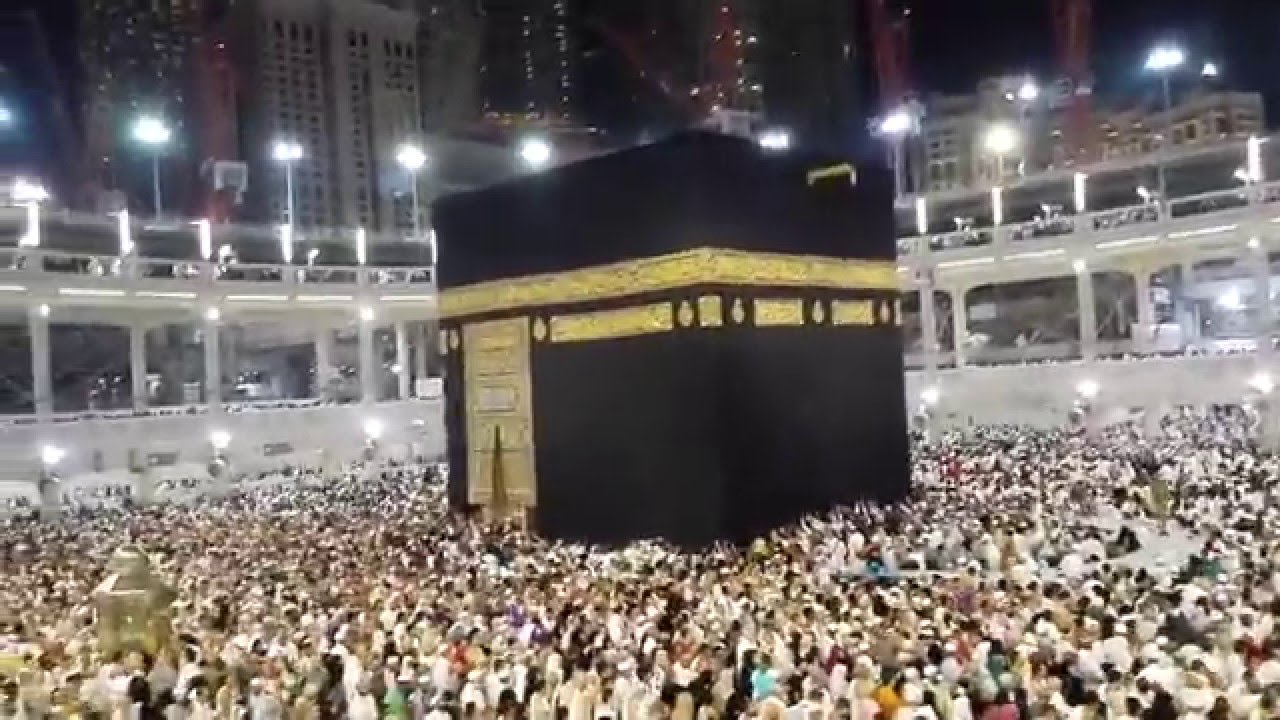Aulia -Sajdah Grave
“Bismillahir Rahmannir Raheem”Al-Hamdu Lillaahi Rabbil ‘Aalameen was Salaatu was- Salaamu ‘Alaa Sayidinaa Muhammadin wa Aalihi wa Asabihi Ajma ‘een (tauheed- risalat- ahkirat and islam-iman-ihsan)
Awliya adab
Prohibition of prostrating to
graves:
The literal meaning of masajid is a “place of prostration”. And this is one of the basis upon which the hadith cursing the Jews and Christians are understood I.e., as a prohibition of prostrating to the grave.
Sayyida A’isha used to pray regularly in her room, which used to contain the Prophet’s ﷺ blessed grave [Recorded by Bukhari (#3303), Muslim (#5325), Abu Dawud (3:320 #3169))
This room of Ayesha was connected to the mosque. Moreover, the ijma of salaf also existed in including the room as part or within the expanded structure of the mosque.
The actions of the salaf instead shows that they on the contrary rebuilded and expanded the structure
Narrated Qays ibn Sa’d: I went to
al-Hirah and saw them (the people) prostrating themselves before a satrap of
theirs, so I said: The Apostle of Allah (ﷺ) has most right to have
prostration made before him. When I came to the Prophet (ﷺ), I said: I went to al-Hirah and saw them prostrating
themselves before a satrap(governor) of theirs, but you have most right, Apostle
of Allah, to have (people) prostrating themselves before you. He said: Tell me
, if you were to pass my grave, would you prostrate yourself before it? I
said: No. He then said: Do not do so. If I were to command anyone to make
prostration before another I would command women to prostrate themselves before
their husbands, because of the special right over them given to husbands by Allah.
(Abu Dawud Book#11, Hadith#2135)
Do not pray facing towards the graves, and do not sit on them. (Sahih
Muslim, Book#004, Hadith#2122)
The Sahabi Usama ibn Zayd was
known to pray next to the noble grave of the Prophet [ Imam Ahmad (5:202 #20769), Ibn Hibban (12:506 #5694), Tabarani
(M. Kabir, 1:166 #405)]
Another meaning of taking the grave as masajid is in taking the surface of
the grave as masajid or a place of worship. The prohibition is related in
the hadith:Tabarani (#12051, 12168) and Diya’ (12:124 Hasan) recorded: “Don’t
pray towards or on top of graves.”
Therefore, praying on top of the grave or building any structure to
facilitate a prayer on top of the grave, or which might result in praying on
top of a grave, is prohibited.
Not a prohibition on taking the
area besides or around the grave as a masajid.
prayer besides the grave; then this is permitted based on evidence of permissibility and desirability of visiting the grave as means of renunciation of the world, for greeting the inhabitant of the grave, and making a supplication at the site of grave, reading Quran by the grave and the permissibility of performing a funeral prayer by the grave, and so forth.
Taking the grave as an object of worship or having idols constructed upon
the grave and worship of it, then this is obviously prohibited by
consensus.
It is because of the
prohibition to pray on top of graves that the Prophet ﷺ, removed the
graves of idolators prior to constructing a masjid:
It is to be noted that the curse against Jews and Christians were specicially referring to graves of their Prophets and righteous individuals.
None of the people of Islam has ever
questioned or raised doubt over the validity of praying in Masjidun-Nabawi on
account of the presence of the grave of the Prophet(ﷺ), until the heretical innovators came forth from najd.
When I want to talk to allah I say prayers and when I want that he talk to me I recite quran- Hazrath Ali(ra)
Make sure you forward this to others .


